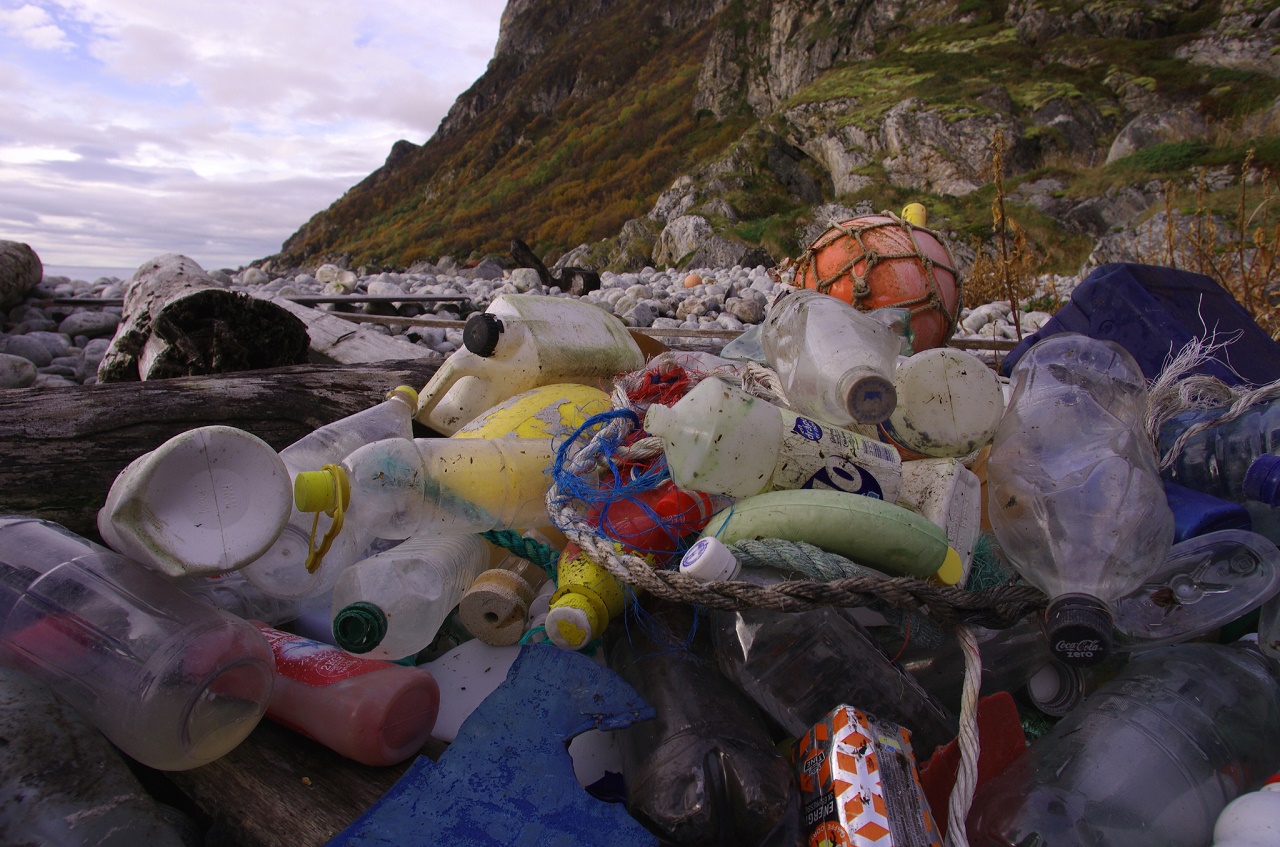
A new Swedish study shows that fish larvae rather eat micro plastic than their usual food. The consequences are devastating and threaten the whole marine ecosystems in the long run.
There are large quantities of microscopic plastic in our oceans and more plastics are released every day. Larger pieces of plastic are being broken down into smaller and smaller participles – into what is called microplastics. This disintegration process of larger pieces of plastic waste takes place by the means of physical wave action and photochemical processes in the oceans. Some microplastic particles are directly released into the oceans via the wear of tires and beauty products and toothpaste containing microplastics.
Fish Food
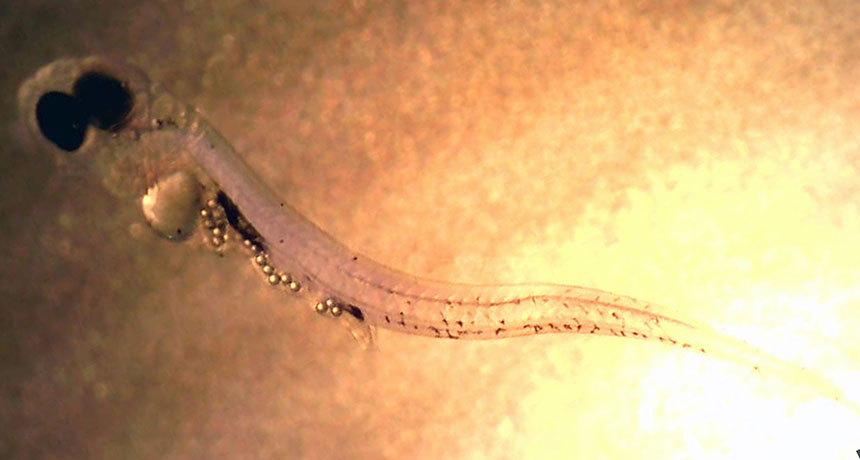
Scientists have long suspected that microplastic particles are eaten by fish and other sea organisms, but the direct effects on marine life have been difficult to demonstrate.
Now a Swedish study, published in this week’s issue of Science, shows that the fish species, perch, rather choose to eat micro-plastic particles instead of their usual food. This had clear and very evident negative effects on the larvae, that suddenly stopped growing, changed their natural behavior and found it more difficult to survive.
Based on these results the researchers warn of large-scale problems when microplastics continues to accumulate in the world’s oceans in the same devastating pace as today.
Research Method
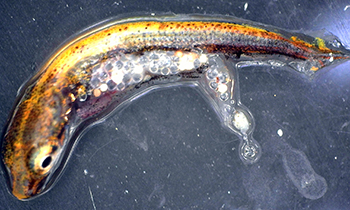
The scientists placed perch larvae in water containing various concentrations of microplastics that correspond to real world levels from samples collected along the Swedish coastline and on other coastal and marine habitats around the world.
The researchers were able to see the direct effects of microplastic at an early stage, even before fish larvae had hatched. Significantly fewer fish hatched of the larvae that were exposed to microplastics and the larvae that did survive proved to be less active and much smaller in size compared to the control group.
Not only that, the plastic micro-exposed fish larvae also lost the ability to perceive hazards. The fish larvae exposed to high levels of micro-plastic fared significantly worse when they ended up in the same waters as predatory fish, pike, which usually feed on fish larvae.
The researchers reason that chemicals in microplastic might affect their behavior. Or it could also be that they have a stomach full of plastic, making them slower and unable to escape.
Global Effects
That the fish lose their natural behavior to avoid predators could eventually have major consequences. If other species are affected in the same way as perch, and so early in their development, this can lead to fish populations finding it much more difficult to survive with potentially major consequences for the marine ecosystem.
What Can We Do?
That microplastics affects marine life negatively have long been feared and previous studies have shown that many organisms ingest microplastic. But exactly how the plastic affects animal growth has been difficult to demonstrate.
These new findings clearly show direct adverse effects and should, therefore, be viewed as a cause of action. We must improve the management of micro-plastic and reduce plastic production.
Filter out more microplastics from our waste water with new technologies that enable treatment plants to filter them out. A ban on the use of micro-plastic in cosmetics is indeed relevant and has actually already been done in some countries. There are alternative degradable substances that can be used instead of plastics.
_____________
Environmentally relevant concentrations of microplastic particles influence larval fish ecology
__________________________

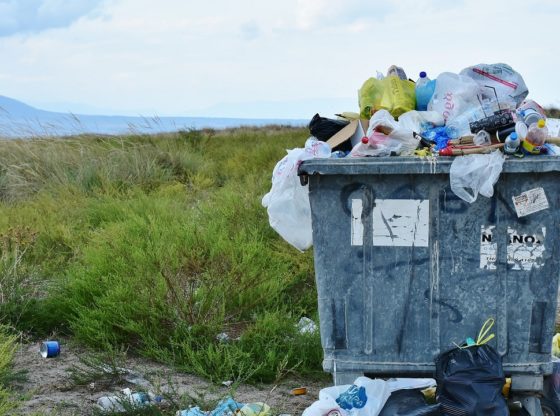
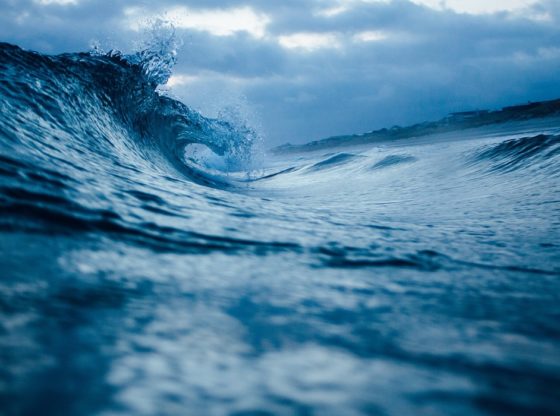
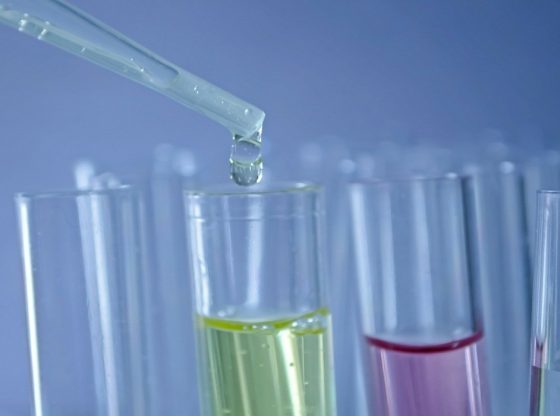
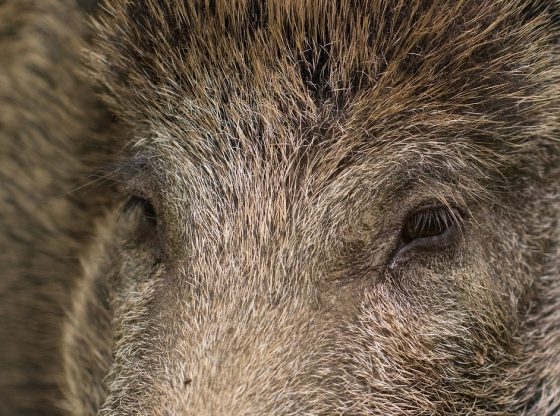
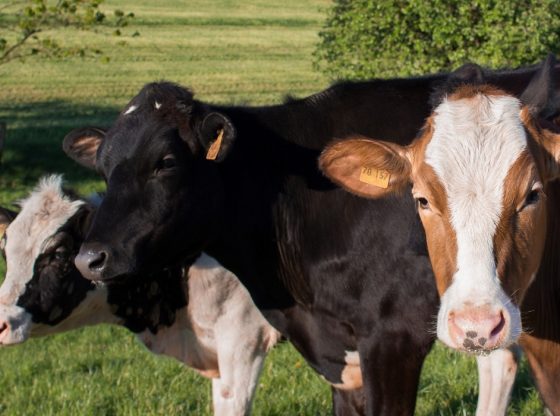
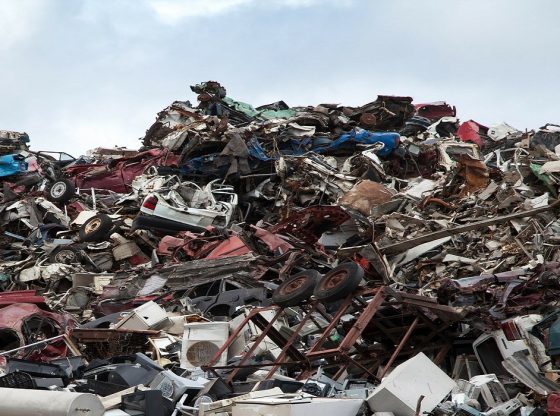
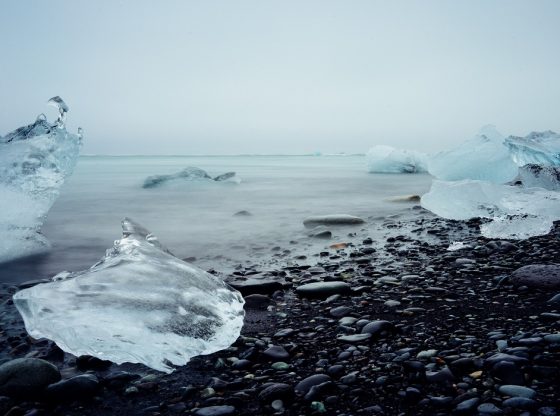

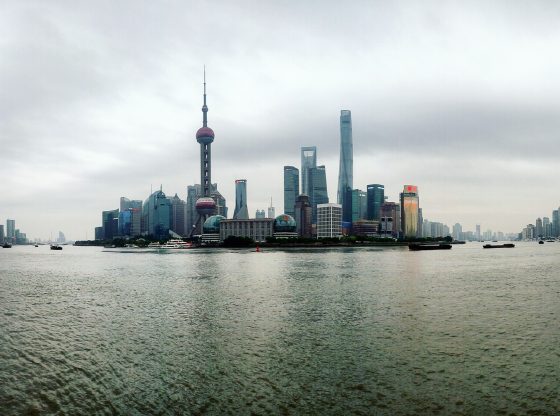
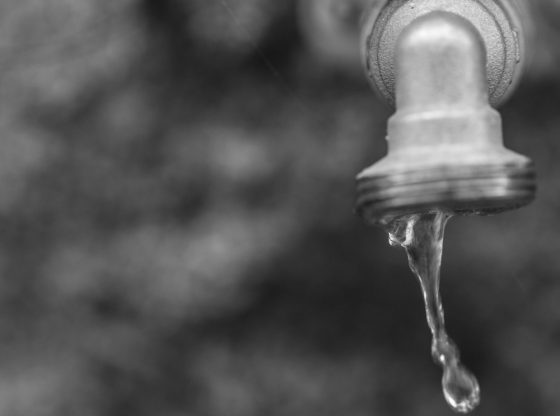
![OpenAI. (2025). ChatGPT [Large language model]. https://chatgpt.com](https://www.illustratedcuriosity.com/files/media/55136/b1b0b614-5b72-486c-901d-ff244549d67a-350x260.webp)
![OpenAI. (2025). ChatGPT [Large language model]. https://chatgpt.com](https://www.illustratedcuriosity.com/files/media/55124/79bc18fa-f616-4951-856f-cc724ad5d497-350x260.webp)
![OpenAI. (2025). ChatGPT [Large language model]. https://chatgpt.com](https://www.illustratedcuriosity.com/files/media/55099/2638a982-b4de-4913-8a1c-1479df352bf3-350x260.webp)








